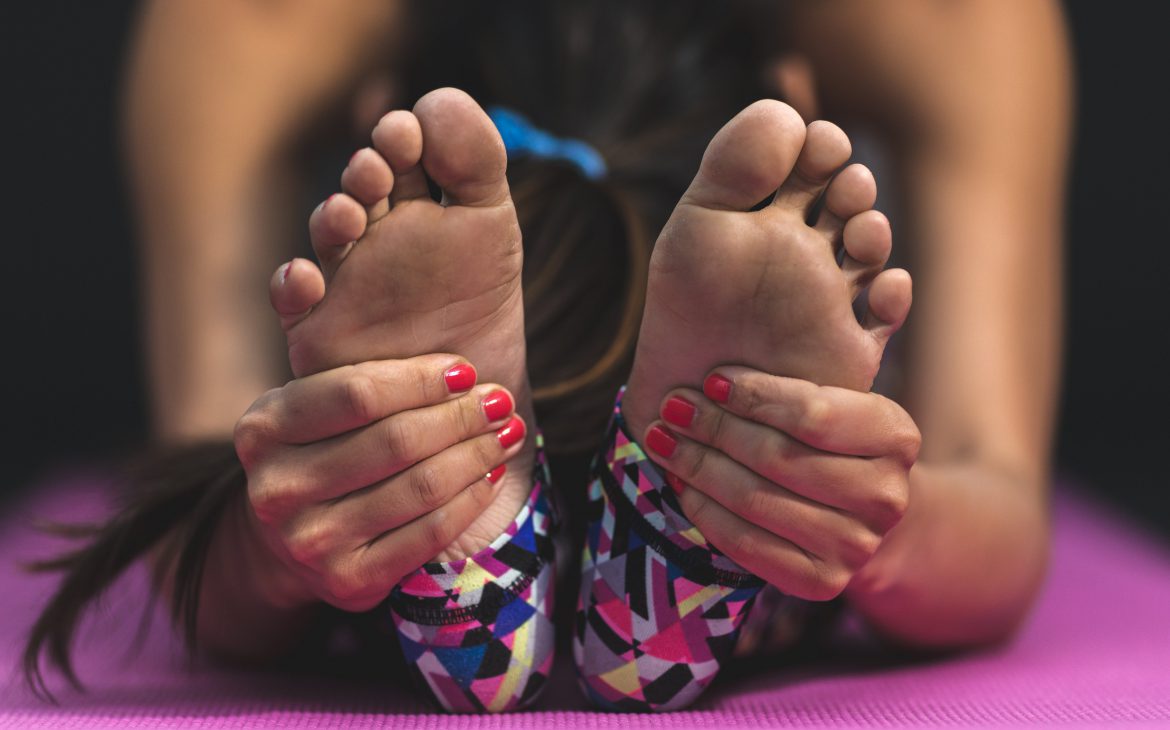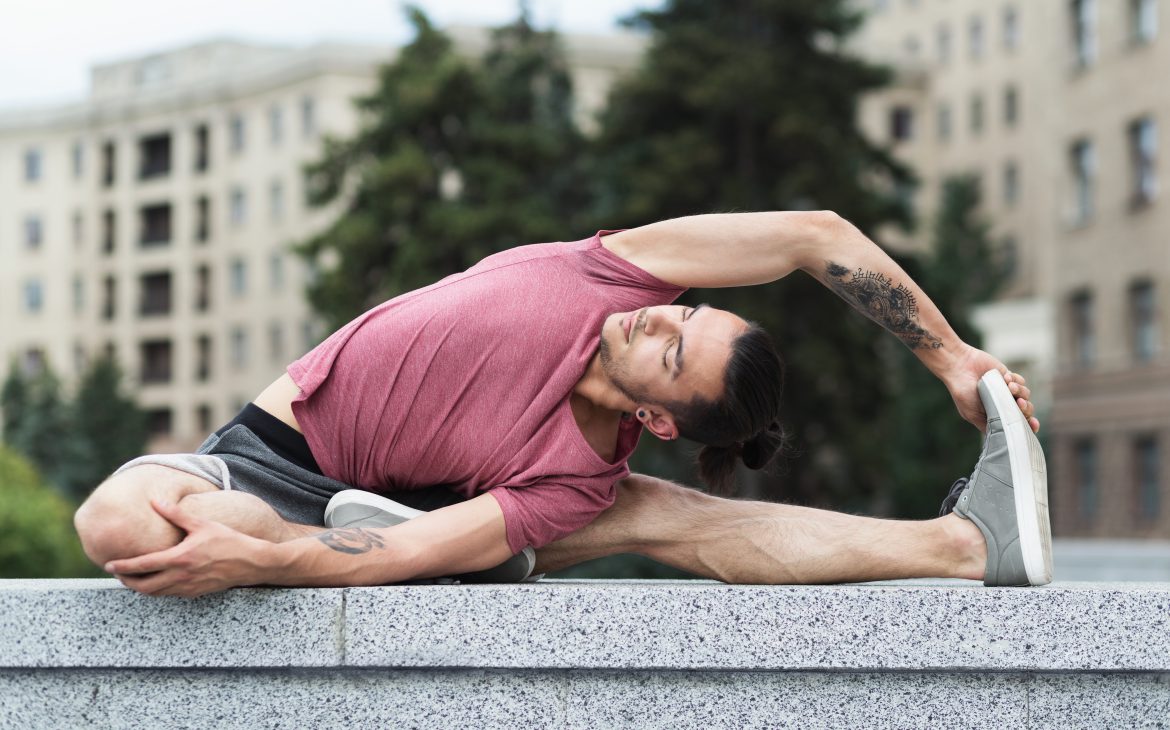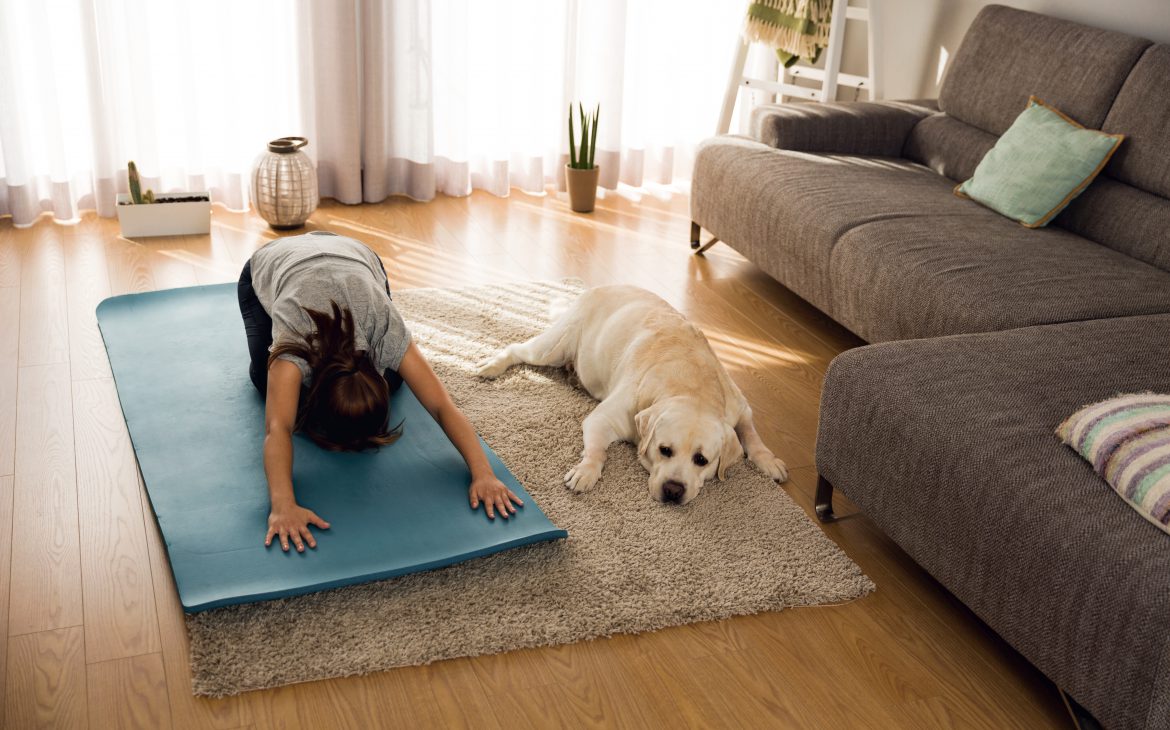Some people may see stretching as a natural act, just a simple exercise we make when we wake up or when we are tired. However, for those who exercise, stretching is the key to have a good workout ahead.
Studies published on Harvard Medical School Journal reiterates the importance of stretching for the muscles as it helps to keep them flexible, strong and to avoid joint pain, strains and future muscle damages.
According to data from the Medicine & Science in Sports & Exercise (MSSE), we should stretch for at least 15 seconds but not over 45 seconds. Also, it is difficult to confirm if it helps prevent lesion. While many studies see stretching a dangerous move to be made right after physical activity, others see it as the best way to end a workout session. Many trials have been made in order to get to a final conclusion, but while there is no concrete result, only one thing is certain: stretching is an exercise that can help your body flexibility and that assists on avoiding back pain and repetitive strain injury.
What are the benefits of stretching?
Even though there are contradictions on how stretching actually helps to prevent injuries after exercising, there are at least 5 confirmed benefits on this practice.

It increases your flexibility
This is not only important for Yoga or Pilates positions. Being flexible increases your body’s ability to maintain posture. However, a limitation in your flexibility also limits the joint motion, which increases the risk of having back pain, joint pain and others.
Improves the blood flow
By improving your circulation, you can improve your health in many ways (oxygen flows through your body, helping it to function better and helping cells grow healthier). This may also reflect on improving the recovery time if you have an injury.
Helps to relieve stress
The act of stretching relaxes muscles that may be tight from tension. You can take the time you use to stretch to listen to meditation music or relaxing frequencies and focus on the areas where you usually feel more tense, such as neck, shoulders and back.
Fixing your posture
The more we spend time on our phones and electronic devices, the less we focus on our back. Frequently stretching is important to tight the muscle and to avoid back pain and lesion.
Increase energy level
By combining all the benefits of stretching, you may get as a result a more active life. That is because exercising in general releases hormones such as endorphins, which are the “feel good” ingredients for our body.
So, even though some researches shows that stretching does not actually reduce injury risk _and if done incorrectly may actually increase the chances of getting hurt. To avoid that, we will teach some tips on how to stretch.

How to stretch?
Following Harvard medical studies, it is advised to do a 10 minute warm-up (light activity, like a quick walk) before stretching.
Legs
Sit on the floor with your legs in front of you. Slide your hands down your legs until you feel a burning sensation. Hold for 30 seconds, then slowly return to a sitting position.
If you are not exercising, still dedicate 5 to 10 minutes a day to stretch yourself.
Arms
Always make sure you stretch left and right side equally. Stand up straight and control your breathing. Grab one arm above the elbow with your opposite hand and pull it across your body. Hold for at least 30 seconds and then repeat on the other side.
Back
Standing, bend over and try to touch your fingers to your toes, but keeping your knees straight. Hold for 10 seconds and repeat 5 more times.
Neck
While sitting down, bend your head bringing your chin toward your chest. When a stretch is felt, hold the position for 20 seconds and return slowly to the initial position.
What if I feel pain?
The burning feeling or discomfort can be common, especially if you are not used to stretching or exercising. However, real pain can mean a sign of injury or damage in the tissue. In that case, look for a doctor for further checking.
Watch out! Avoid bouncing if you are stretching as this can cause micro tears in the muscle, leaving scar tissue as the muscle heals.
If you are not used to stretching, don’t feel frustrated if you can’t reach your feet or keep your back straighten, flexibility won’t magically happen and certainly, it requires practice.
When should I avoid stretching?
Right after exercising, it is not advised to stretch straight away. If you believe you have any lesion or already feel pain, also avoid any stretching practice and look for your doctor or personal trainer assistance to check if you are able to keep on exercising.

